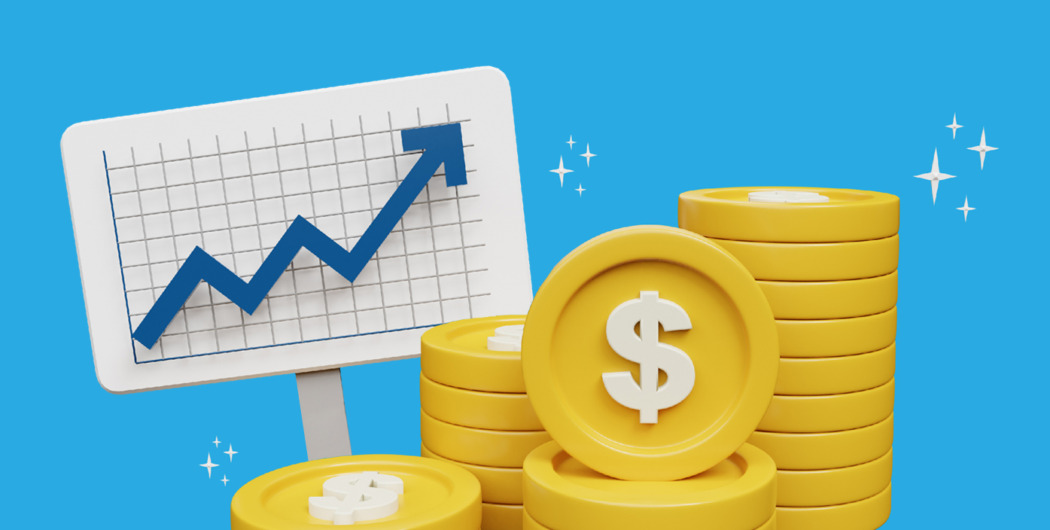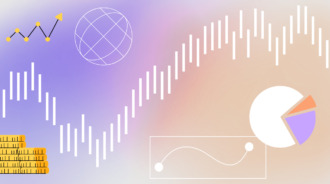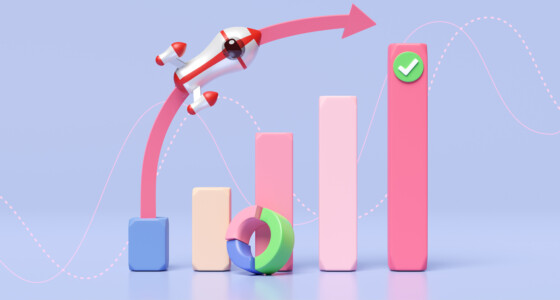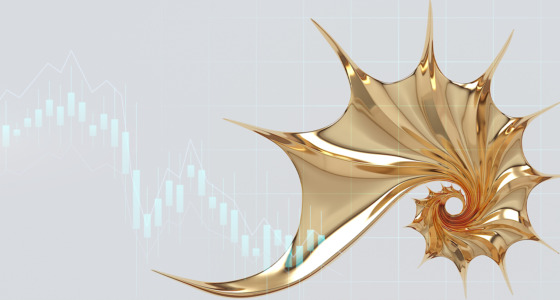

We all know that borrowing money heightens your power to purchase. Do you know that you can do the same with trading portfolios? How do you go about this? Well, it turns out that many traders can borrow cash in stake-margins.
Buying on margin, or gross currency margin as it is often called, is the process whereby traders leverage a loan from a broker to buy stocks, securities, and bonds. The idea behind gross currency margin is to enable the trader to have a higher ability to invest in shares and other securities than they would usually be able to afford.
Overview
This trading strategy— leveraging, is the fundamental way for day traders and professional currency managers to use margin. They secure many diverse trading positions to increase their chances of high ROI.
Depending on the type of account and balance you have with your broker, you may be eligible to trade on margin. Even if you do, is this trading strategy of huge risk or reward? How also does it work, especially when there are so many uncertainties about the future of market prices?
Before you test the waters with gross currency margin, here are things worth knowing.
Vital points
- Margin trading involves borrowing money from your broker to buy stocks, bonds, or other securities.
- Margin trading allows you the liberty to invest in high-share portfolios. It also allows you to diversify among a tremendous amount of investments.
- Margin trading increases the good potential of investments as well as losses. This makes the strategy more volatile and risky than investing with cash.
How does gross currency margin work?
Now that we understand that buying on margin involves borrowing money from your broker to buy bonds, and other securities, we must know how this trading strategy works.
When you trade in the margin, the investments made become the collateral for the loan acquired. Here’s how it works:
Suppose you have decided to purchase a portfolio that is worth $10,000. You pay an outlay of $5,000 and then borrow the remaining $5,000 on margin. Your $10,000 investment matures by 25 percent to $12,500. In this scenario, your ROI will be 50 percent.

Why trade on margin?
Asides having a better percentage on return, buying assets on margin also have some side benefits like:
Improves your power to buy:
The strategy of gross currency margin enables you to make more investments than you would otherwise. If high-share portfolios are beyond your natural reach, you can leverage your position by buying on margin and investing in them.
Room for diversifying:
Investing in portfolios with your cash alone may afford you the purchase of a few reserves. However, margin trading—borrowing from your asset broker will allow you to acquire more enormous stakes in different portfolios.
The danger of gross margin trading
When you leverage a trading position to increase the size of your investment, you can improve your return rate. On the other hand, you can also realize the quick loss of your investment. For example, a 50 percent reduction in the value could obliterate your cash balance.
Another danger of trading on margin is that further decline in investment can result in your margin account going below the maintenance margin of your broker. This is a minimum amount that is required to remain in the account. When this takes place, you get a margin call from the broker.
Takeaway
The risk of margin trading is significantly higher than investing with cash. If the trade goes against your prediction, you could lose much more than your outright investment. Even if the trade favors your prediction, the borrowed loan’s interest charges will eat their way into your gain.
Provided that you have a complete understanding of the costs and risks involved, margin trading could be a way to increase your return on investment. If you have made a resolve to trade on margin, starting with a bit of loan is best. Reducing your loan to an amount below your total account value can reduce your risk.








